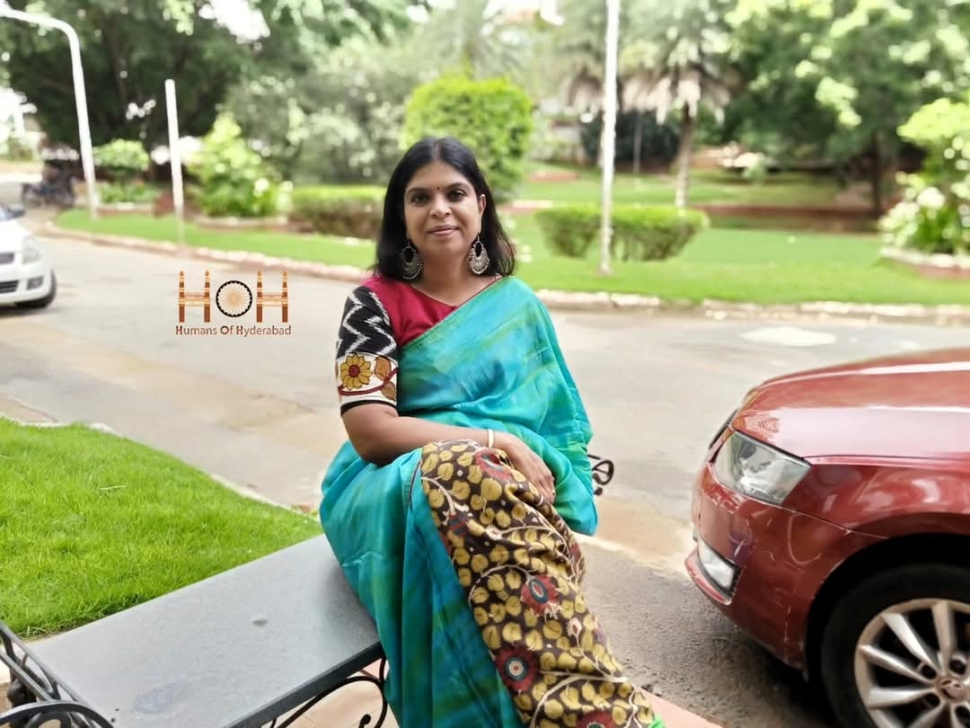“I’m a designer with education in Architecture, but over the years, that title has come to mean so much more. Today, I am also the founder of The Rainwater Project, an initiative that’s incredibly close to my heart. Through this project, we work to promote rainwater harvesting and water conservation, creating awareness, especially in urban areas about the importance of saving every drop and reviving traditional water systems to tackle the growing water crisis. But my story didn’t begin with blueprints, rain barrels, or step-well restorations. Like most stories, it began at home.
I come from a Telugu family with roots in Tamil Nadu. Yet, my childhood unfolded in Karnataka, mostly in Bangalore, where I studied architecture. Even as a child, the seeds of my fascination with heritage and water were quietly being sown. Every visit to my grandmother’s home in Kanchipuram was a journey into the past. Temple visits were a regular ritual, and I was mesmerised not just by their beauty or scale, but by how seamlessly they coexisted with nature. No one called it “sustainability” back then—it was simply common sense. Those visits stirred something in me, though I didn’t fully understand it at the time.
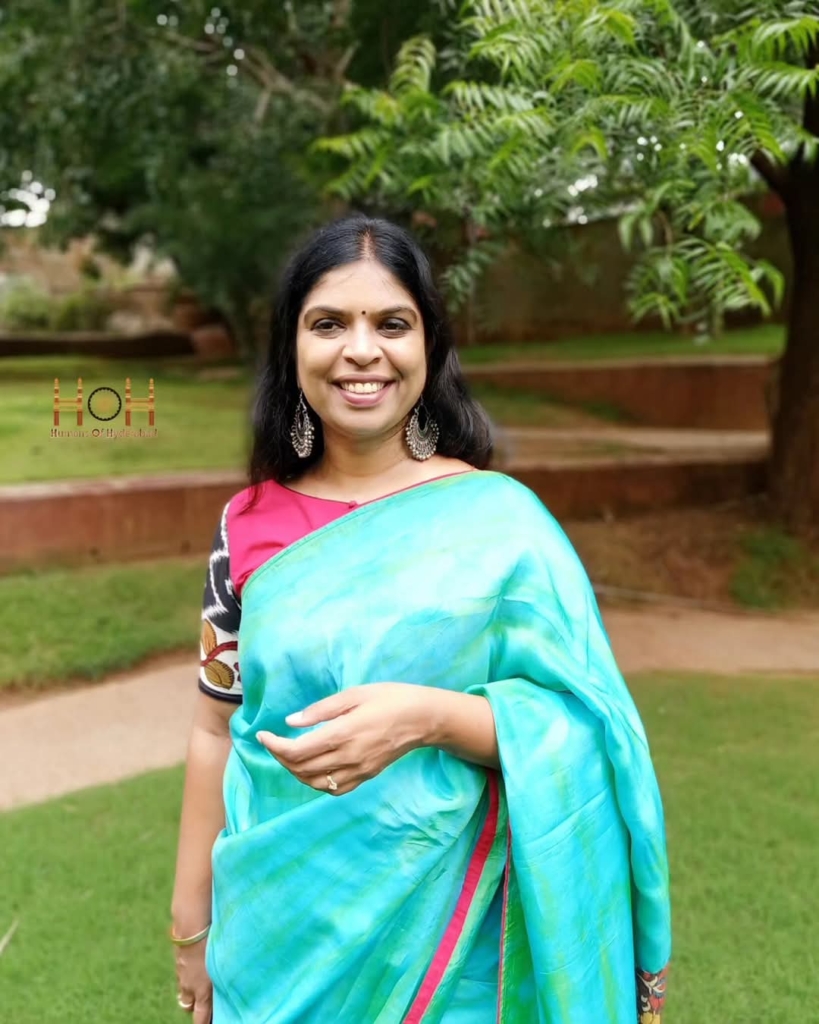
Years later, when I built my own home, those childhood impressions came rushing back. Sustainability wasn’t an aesthetic choice; it felt natural, intuitive, the only way to live. Our ancestors built with deep respect for their land, climate, and water. They didn’t waste a drop. That wisdom felt urgent and necessary in today’s world, where every monsoon left our cities flooded, and every summer left us scrambling for water. Water became my obsession. Every dried-up borewell, every flooded street made me wonder where all that water was going? Why did we keep wasting what we so desperately needed? The Rainwater Project was born from that restlessness—a way to turn those questions into action. We revive traditional water systems, design modern rainwater harvesting solutions, and, perhaps most importantly, spark conversations about water’s true value, not infinite, not replaceable, but precious, fragile, and deserving of care.
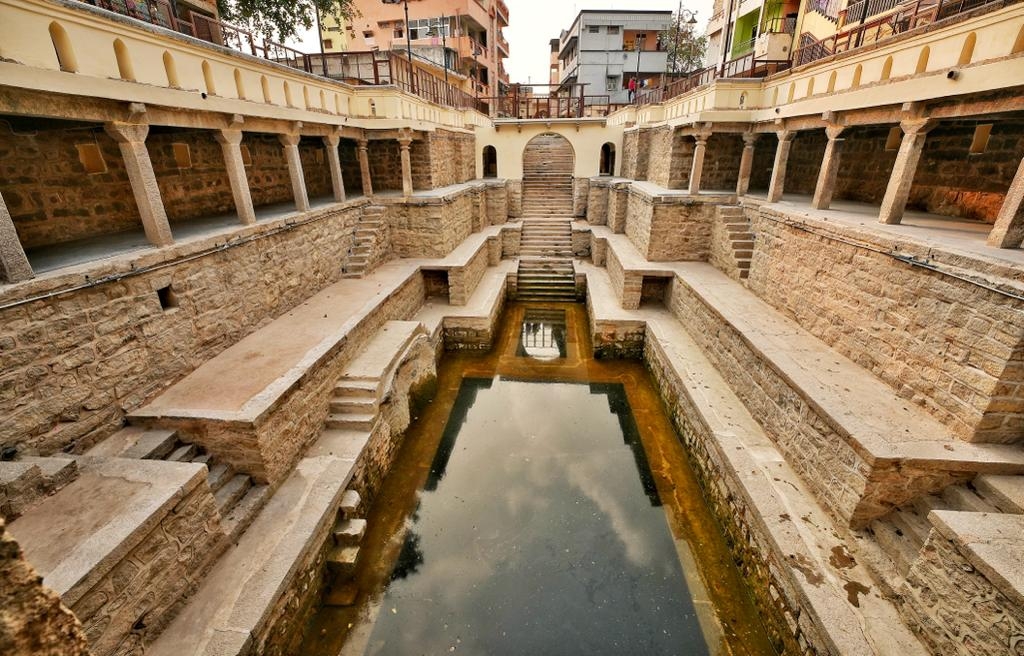
One of the first things I do before any project is to ask ‘Who owns the space?’ Step-wells and rainwater structures often disappear into neglect, not because they’ve lost their purpose, but because no one knows who’s responsible for them. Over the years, we’ve worked to change that, creating some of the first-ever MoUs with government departments, templates others now follow.
One of our earliest milestones was at Hyderabad Public School, where we revived a historic step-well and designed a comprehensive rainwater harvesting system. Later came the Bansilalpet Step-well: a project that tested me not just as an architect, but as a negotiator, a community mobiliser, and a heritage conservationist. There were days I came home exhausted, questioning everything. Why fight so hard for spaces no one seemed to care about? Why push forward when every step felt like a struggle against apathy and red tape?
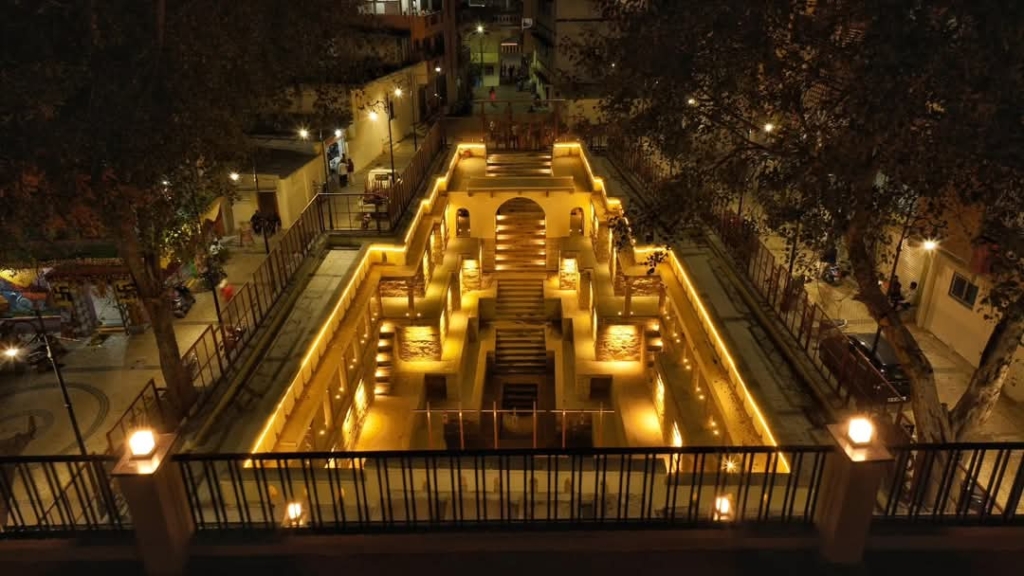
The answer was always the same — because water matters. Because history matters. Because I couldn’t stand the thought of losing both. At Bansilalpet Step-well, we tried something new—a model where the step-well would sustain itself financially by hosting cultural events. Restoration, I’ve learned, isn’t enough. For these spaces to thrive, people need to see their value, feel a sense of ownership, and believe they are worth protecting. If we do this right, these ancient wells could secure water for generations to come.
Recognition came in ways I never expected. When Prime Minister Narendra Modi ji acknowledged our work on Women’s Day, it wasn’t just about me. It was a recognition of water conservation and heritage restoration, proof that even the smallest grassroots efforts can create ripples at the highest levels.
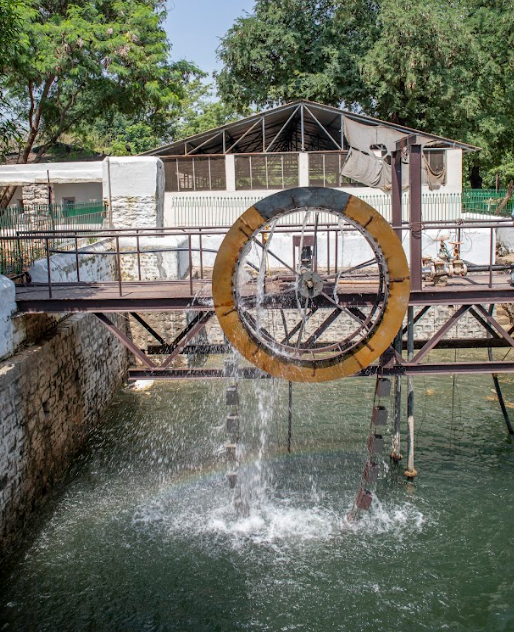
One of my proudest moments was at Rashtrapati Nilayam, where we revived three historic step-wells and installed rainwater harvesting systems across 75 acres. Today, the estate’s borewells no longer need water tankers. Rain, so often seen as a problem to be drained away, has become the estate’s lifeline, just like it was for our ancestors. When President Droupadi Murmu herself inaugurated those wells, I stood there, 40 feet deep, surrounded by ancient stone and the gentle sound of water returning home. It felt like a personal and professional dream coming full circle.
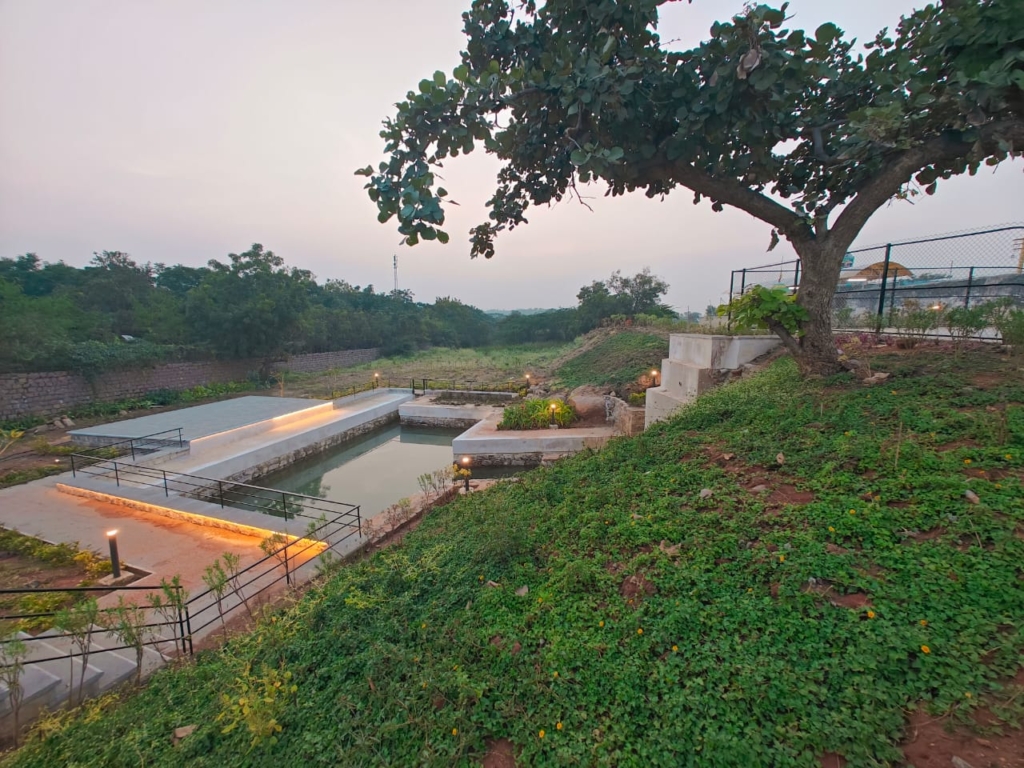
People often ask whether being a woman in this field comes with limits. The truth is, the only limits are the ones we impose on ourselves. Life has no borders unless we draw them. I’ve always believed in aiming high, aim for the stars, even if you only reach the treetops. Whether you’re mapping your family’s history, making your home sustainable, or inspiring just ten people around you, every action matters. Change starts at home.
There’s also a profound joy in giving, a joy I’ve witnessed in the eyes of tribal women in Bhadrachalam, who we taught packaging and branding to. Today, they stand proud and independent, proof that a little support can unlock enormous strength. But the moment that stays with me the most is one with my son. I was venting about the endless roadblocks, the bureaucracy, the exhaustion. He listened quietly, then said, “Amma, you first jump into it and swim out of it. I know you will and you can swim out of it.” That simple, childlike wisdom became my mantra. It’s not about fixing everything overnight. It’s about doing what you can, where you can, with what you have.
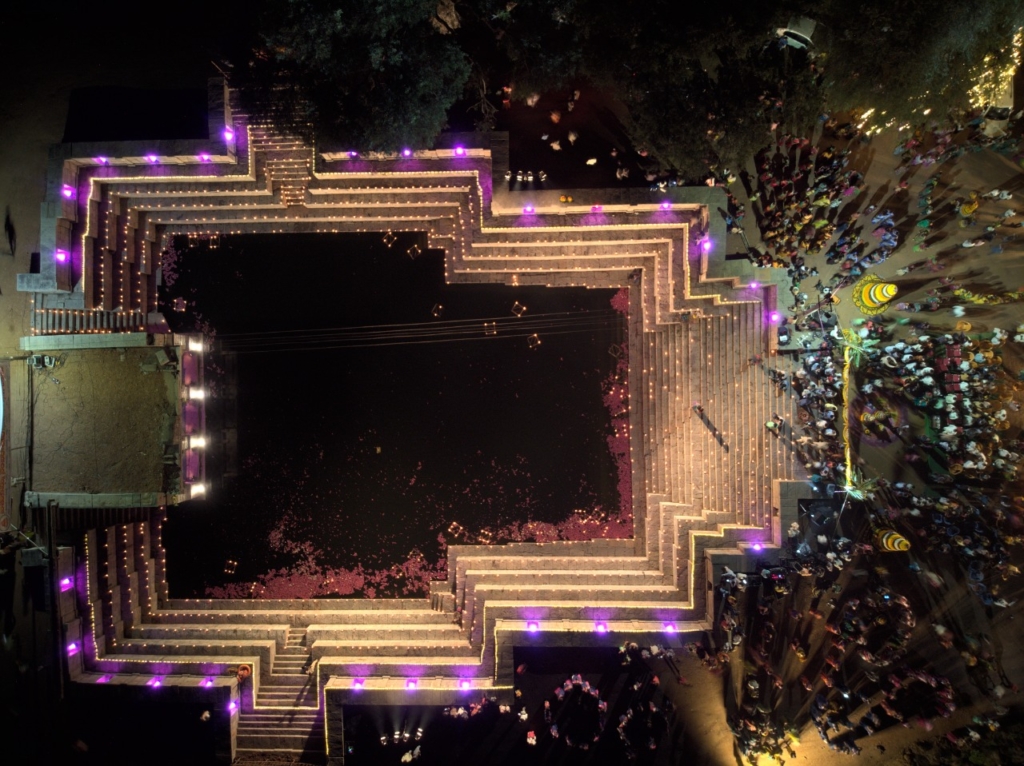
Through all of this, my husband’s quiet strength has been my anchor. He’s never once asked me to slow down. Instead, he listens, holds the fort at home, and celebrates every milestone with me—the big ones and the invisible ones.
This journey has taught me one thing above all—you don’t need to be highly educated, wealthy, or powerful to make a difference. You just need to start. Step into the world with a heart full of purpose, and the path will open, one drop at a time!”
- Kalpana Ramesh
